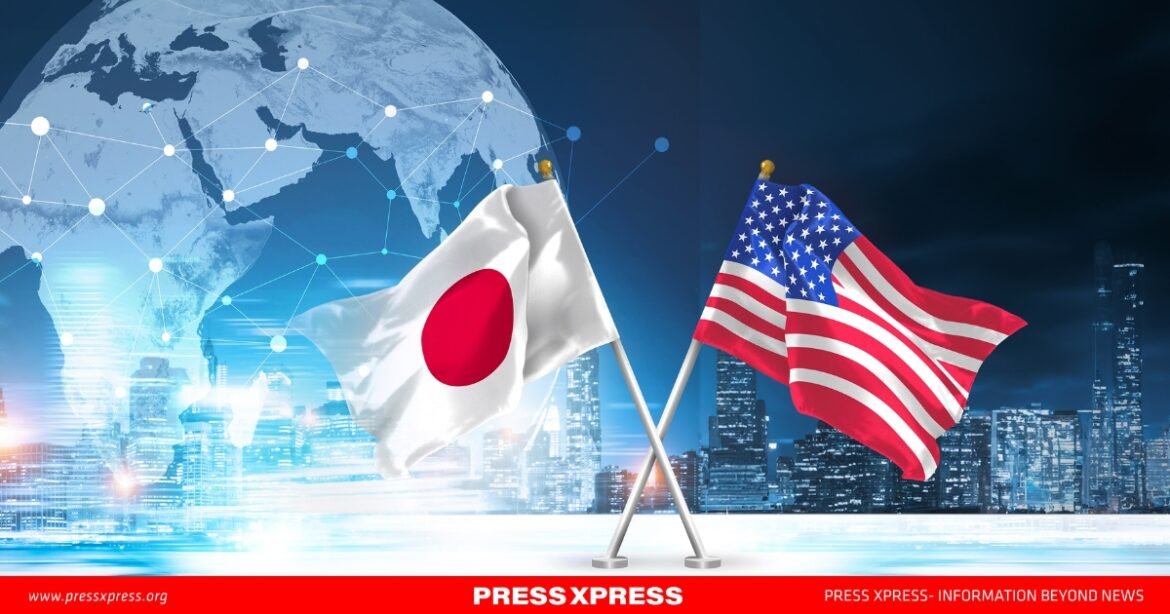In a significant diplomatic engagement, vice-ministerial officials from Japan and the United States met in Washington on Friday to reaffirm their commitment to close security cooperation, addressing the mounting challenges posed by China’s expanding influence in the Indo-Pacific region. This high-level dialogue marks the first in-person meeting between Japanese Vice Foreign Minister Takehiro Funakoshi and U.S. Deputy Secretary of State Christopher Landau since U.S. President Donald Trump began his second term in January 2025.
Strengthening Bilateral Ties: A Strategic Necessity
The meeting comes at a critical juncture, as the Indo-Pacific geopolitical landscape is increasingly defined by China’s assertive territorial claims, rapid military modernization, and economic initiatives such as the Belt and Road Initiative. Both Japan and the U.S. perceive these moves as attempts to establish regional hegemony, potentially undermining the sovereignty and freedom of navigation of smaller Indo-Pacific nations.
Japanese and U.S. officials, acknowledging these risks, agreed to intensify their security partnership through regular vice-ministerial-level talks. This institutionalized dialogue mechanism will ensure sustained coordination on regional security matters, intelligence sharing, joint military exercises, and diplomatic alignment.
Multilateral Frameworks for a Free and Open Indo-Pacific
Beyond bilateral cooperation, Japan and the U.S. underscored their intent to promote multilateral security frameworks involving key regional stakeholders: South Korea, the Philippines, Australia, and India. These efforts reflect a strategic shift towards collective security architectures to counterbalance China’s regional ambitions.

The Indo-Pacific has emerged as the epicenter of global strategic competition. According to the Stockholm International Peace Research Institute (SIPRI), military expenditures of Indo-Pacific countries increased by 5.4% annually over the past five years, with China accounting for 45% of the total regional military budget. Meanwhile, Japan and the U.S. have committed to enhancing interoperability and capacity building among allied and partner nations.
Economic and Strategic Dimensions
The Japan-U.S. security cooperation transcends military dimensions, encompassing broader strategic and economic interests. The two governments aim to foster a stable environment conducive to free trade, investment, and technological collaboration. Japan, the world’s third-largest economy with a GDP of approximately $5.6 trillion in 2024, remains a critical economic partner to the U.S., whose GDP stood at about $27.5 trillion in the same year.

U.S. Department spokesperson Tammy Bruce noted that the officials “discussed joint work to pursue a new golden era for U.S.-Japan relations,” signaling a renewed commitment to deepen cooperation across diplomatic, economic, and security spheres.
Challenges and Prospects
While the enhanced dialogue signals progress, the path ahead is fraught with challenges. China’s expanding influence is buttressed by its growing naval capabilities—currently comprising approximately 350 vessels, including aircraft carriers and missile destroyers—posing strategic dilemmas for the U.S.-Japan alliance.
Additionally, the inclusion of South Korea, the Philippines, Australia, and India in multilateral security frameworks faces hurdles ranging from historical disputes to domestic political shifts. For example, South Korea’s complex relationship with Japan over wartime issues may affect trilateral cooperation dynamics.
Nevertheless, experts argue that the U.S.-Japan partnership remains a linchpin for regional stability. A report from the Center for Strategic and International Studies (CSIS) highlights that coordinated efforts between these powers have successfully deterred aggressive actions in contested areas such as the East China Sea and the Taiwan Strait.
The Road Ahead: Regularized Dialogue and Cooperation
The agreement to hold regular vice-ministerial talks institutionalizes a mechanism for proactive and continuous engagement. These meetings will likely focus on:
- Coordinating responses to maritime security challenges, including freedom of navigation operations.
- Joint military training and exercises to enhance interoperability.
- Cybersecurity cooperation to counter hybrid threats.
- Intelligence sharing regarding regional developments and potential flashpoints.
- Promoting regional infrastructure development and disaster response coordination.
Such sustained engagement is vital in a fast-evolving security environment where delays or miscommunications could escalate into conflicts.


